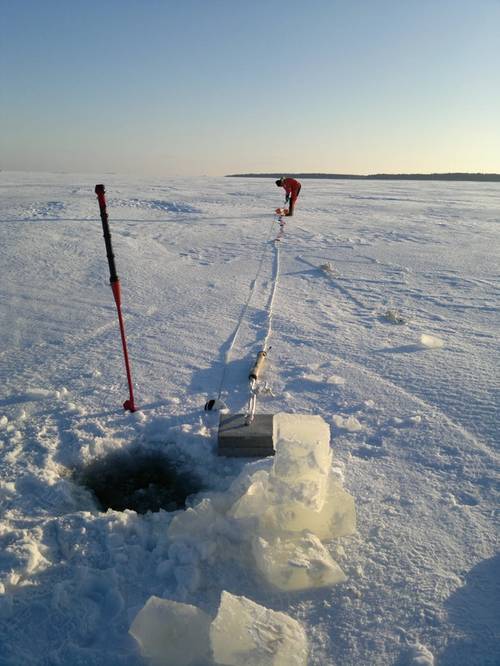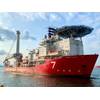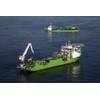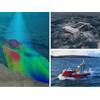Luode Consulting Choses Sonardyne's LRTs
Sonardyne acoustic releases deliver perfect reliability for Scandinavian water monitoring studies.
Luode Consulting, a Finnish-based environmental monitoring company, has chosen acoustic release transponders supplied by Sonardyne International Ltd. to support its water and ice quality research in Scandinavia. Using its Sonardyne Lightweight Release Transponders (LRTs) to deploy and recover specialist recording instruments, Luode Consulting has now completed over 350 studies across the region, including under-ice profiling and water cooling monitoring close to nuclear power stations, without a single failure or instrument loss.
During winter, sea ice plays a crucial environmental and economic role for many Scandinavian countries, affecting everything from fishing, walking and skiing, to the ice roads that connect remote communities. Continuous year-round water quality monitoring ensures that the impact from offshore and nuclear energy industry activities upon ice formation, together with naturally occurring phenomena, can be closely observed.
To collect data for its research, Luode Consulting uses instruments such as Acoustic Doppler Current Profilers (ADCPs) moored on the seabed using Sonardyne LRTs. At the end of the study period, the instruments and their valuable data are recovered by transmitting an acoustic signal from the surface to the LRT to activate its release mechanism, thereby allowing all the equipment to float back up to the surface.
“In Scandinavia, environmental permissions require nuclear power station operators to monitor how the water used to cool reactors behaves when re-introduced into the open sea,” explained Antti Lindfors, Director of Marine Applications at Luode Consulting. “For these campaigns, including over 50 under-ice installations to date, we place multiple LRT instrument strings in waters surrounding nuclear power plants. We can deploy them either before the ice season starts or after the ice has formed using ice breaker vessels. Using the LRTs, we have been able to create monitoring networks without the need for divers or traditional surface buoys – these are impossible to use during these projects due to ice movement.”
Many of the deployments carried out by Luode Consulting last weeks or months, however the LRT’s long battery life provides its researchers with the option to deploy instruments for several years if required to do so. In one example for a long term environmental monitoring study in the Baltic Sea, LRTs were deployed at over 30 locations along the route of a new pipeline, some close to where pipelay barges and support vessels were operating and some during the ice cover season.
“The LRT’s long endurance and ability to both receive and transmit acoustic signals made it particularly suitable for use on our work in the Baltic,” continued Antti. “We only had a limited period of daylight to recover each mooring. Since the LRTs provide confirmation that they have released and enable two way range measurements to be made, we were able to track each mooring up to the surface, quickly locate it and recover it onboard.”

















 February 2024
February 2024



